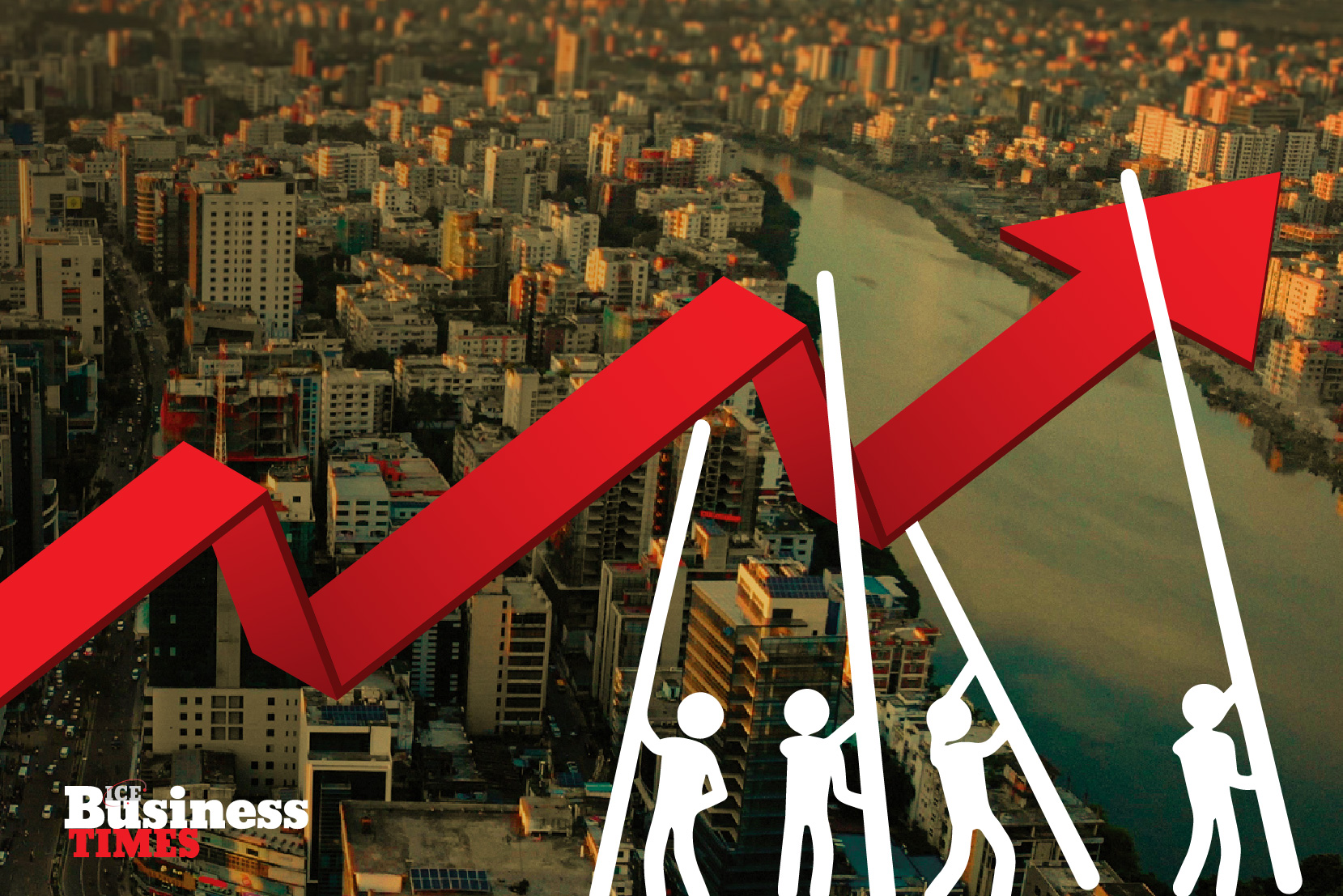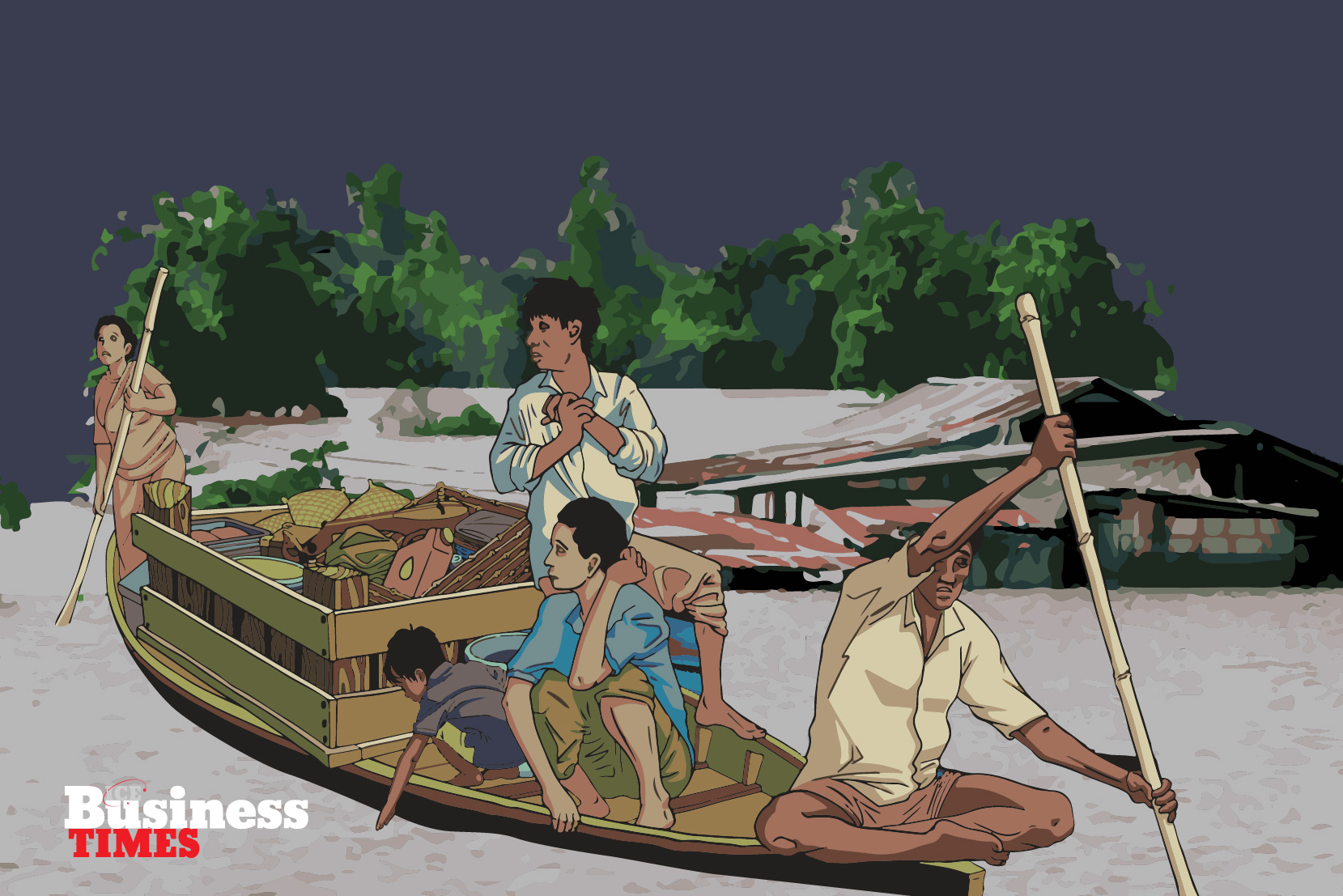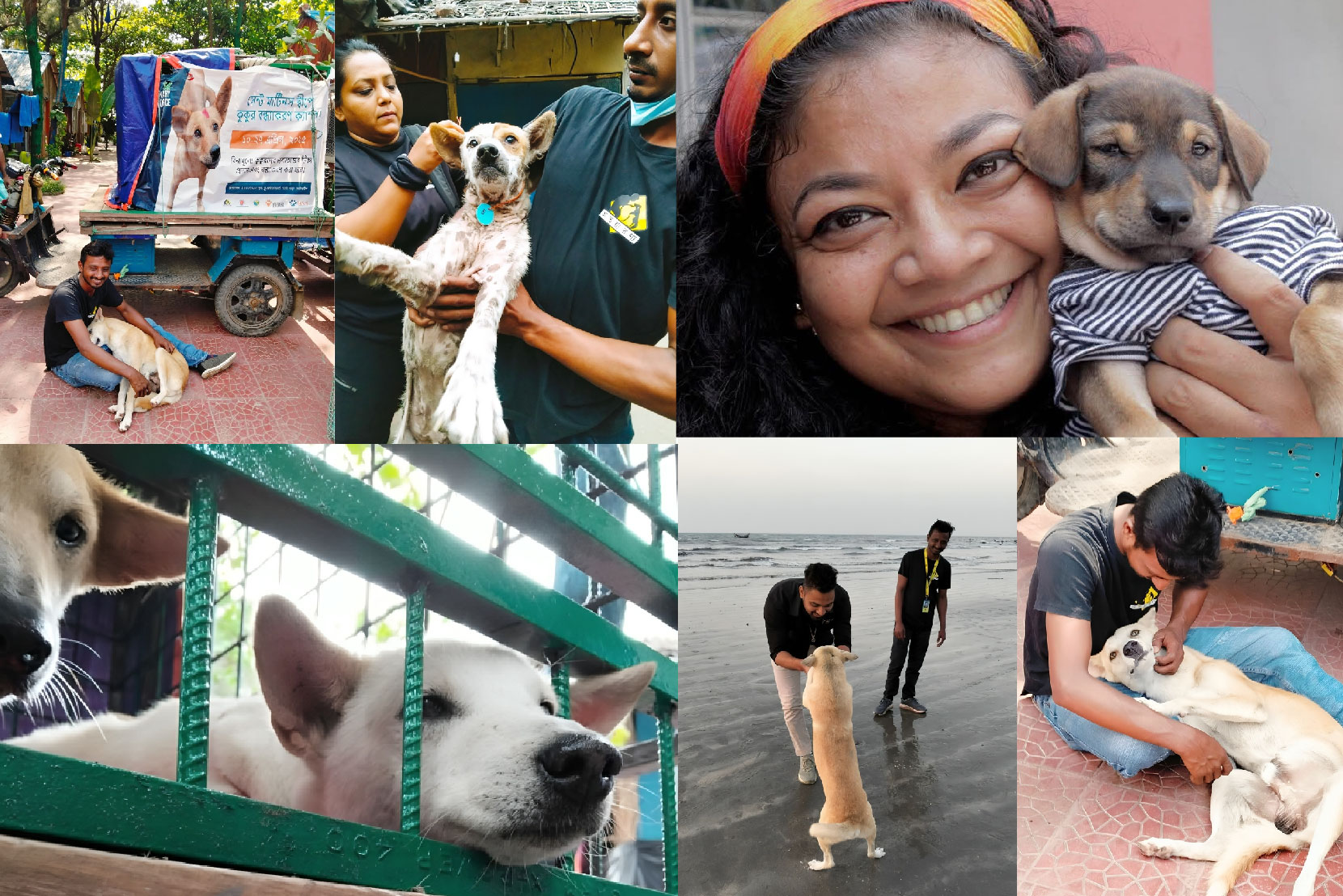Fatema Begum is not sure how old she is, but estimates it to be a little over 20.
She was brought to Dhaka at age four by her grandmother and sent to work in a household. After years of mistreatment and abuse, she started working at a garments factory, but that also stopped when she got married.
In April 2020, just after the country went into a “general holiday shutdown”, Fatema found out she was pregnant. She also found out her husband, a rickshaw-puller, has married over a dozen other women in secret, and her pregnancy prompted her husband to abandon her as she could not earn anymore.
Unable to find any other work amid the pandemic, she started pulling a rickshaw to make ends meet, but the heavy labour while in delicate health caused her son’s prenatal death. She fell sick and was hospitalized for a month, for which she had to take loans of over Tk 1 lakh. After recovering, she went back to the road, this time driving an auto-rickshaw in the capital, to pay back her loan.
Until July, Fatema was able to pay off Tk 60,000 of the loan, and was counting days when her debt would be repaid and she could go back to her village home.
Despite all the economic progress Bangladesh have made, including the growth, millions of informal workers and micro businesses remained on the brink of uncertainty at the onset of even a small fallout or accident, and the pandemic pushed many of them off the edge.
“People employed in the urban service sectors, in particular, were badly hit. A majority of the jobs in the urban service sector are informal and there is little job security in these engagements,” said economist Dr Selim Raihan, executive director of think-tank South Asian Network on Economic Modelling (SANEM) in a February 2021 report in The Daily Star that found poverty rate in the country has doubled since 2018.
With lost jobs and crashing businesses due to lockdown and economic fallouts, informal workers like Fatima and small business owners were forced to borrow money, with no foreseeable light at the end of the proverbial tunnel. According to a study by BRAC, New York University and UN Women Bangladesh, 77 percent of informal workers’ families lost income, 62 percent saw their average savings dip, and 31 percent saw their outstanding debt rise in the first seven months of the pandemic (April-October 2020).
Another study by Citizen’s Platform for SDGs Bangladesh in April this year found that 93 percent of micro, small and medium enterprises (MSMEs) faced financial crunch, and 75 percent of them had to borrow.
According to a study by BRAC, New York University and UN Women Bangladesh, 77 percent of informal workers’ families lost income, 62 percent saw their average savings dip, and 31 percent saw their outstanding debt rise in the first seven months of the pandemic (April-October 2020).
The ebb-and-flowing nature of the country’s COVID-19 restrictions has had an impact on these businesses as well, as many took loans in the later part of last year when the economy somewhat reopened – in hopes of making back the losses and getting their businesses back on track.
Md Babul, who sells plastic goods in two small shops in Dhaka’s Adabar and Darussalam, told The Daily Star in July that he incurred a debt of Tk 5 lakh in the last year and a half. Of it, Tk 3 lakh was from a bank and the rest Tk 2 lakh from a private moneylender, at a staggering interest rate of 30 percent.
He said he made the loans expecting his business to bounce back as businesses opened in June last year, but with the country in lockdown again, the doors to his shops remain shut and the interest keeps piling up.
The government did allocate funds to help such groups to cope with the pandemic’s fallouts, but many have been left out of that on grounds of technicalities in the criteria.
In January, Tk 1,500 crore was earmarked under a stimulus package for small traders, entrepreneurs and farmers, and engaged eight government and semi-government institutions to disburse those. However, informally-run micro-businesses and hawkers were left out of it, as the eligibility criteria said the beneficiaries must have trade licenses and permanent establishments.
It may be worth mentioning here that a whopping 85 percent of the country’s employed labour force is in the informal sector, according to the latest (2017) Labour Force Survey conducted by the Bangladesh Bureau of Statistics.

However, when talking about big numbers, it is easy to lose sight of the true personal strife that is reduced to just statistics.
Take the case of 65-year-old Asiya Begum. She was photographed in July on the outskirts of Dhaka, wading through ankle-deep water in the rain walking from her workplace in the capital’s Lalmatia to her house in Hemayetpur of Savar, a distance of about 15 kilometres. With a lockdown in place, there was no transportation available, but Asiya, a daily domestic help in the sunset years of her life, does not have a choice. She walks for over six hours just to commute to and from her workplace, and even then, considers herself fortunate that she has a job, because the Tk 5,000 she makes a month is vital to the treatment of her cancer-afflicted son.
While this may seem like an extreme case, thousands of informal workers who live hand to mouth have been faced with monumental challenges with dipping incomes and rising uncertainties, and no social protection mechanism to save them.
Two-thirds of workers who visited a medical facility had to take out a loan for their healthcare needs or a family member’s, and the report says such loans, often taken at high interest rates, can put the recipient in a debt trap.
The country has over 4.3 crore women workers, and a vast majority — 90 percent — of them are in the informal sector according to recent estimates. Domestic workers like Asiya are not included within the scope of the labour law, and are only technically recognized as workers through the Domestic Workers Protection and Welfare policy 2015.
According to a 2020 study by Women in Informal Employment: Globalizing and Organizing, the COVID-19 pandemic has brought unseen sufferings for these domestic workers. The average survey respondent reported a typical weekly income of Tk 1,250, and their last visit to a healthcare facility cost them Tk 1,655 – meaning that every time a domestic worker visited a healthcare facility, they had to spend over a week’s earnings.
Unsurprisingly, two-thirds of workers who visited a medical facility had to take out a loan for their healthcare needs or a family member’s, and the report says such loans, often taken at high interest rates, can put the recipient in a debt trap. Around 85 percent of respondents said they delayed health care at some point, largely due to a lack of money. While the government in 2020 decided to send cash aid of Tk 2,500 to about 50 lakh low income people including domestic workers by end of July that year, until mid-September the National Domestic Women Workers union reported that none of its members received the support.
With a sharp rise in cases, the government imposed a “strict” lockdown in the country at the beginning of July, and after a one-week relaxation of restrictions ahead of Eid, re-imposed it till the first week of August at the time of writing this report.
While the government maintains that this is the best way to contain the spread of the coronavirus, various quarters have termed it inhuman and ineffective to restrict earning sources for low-income and daily wage earners without providing them with food assistance at least. Only time can tell when the pandemic will be contained fully and life as we knew it pre-2020 can resume, but until then, the many Fatemas and Babuls and Asiya’s will have little hope to hold on to.















